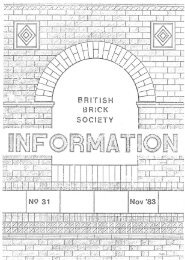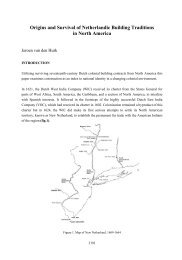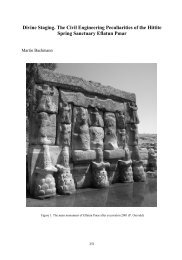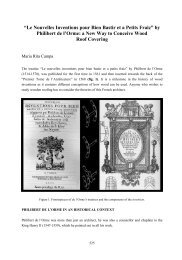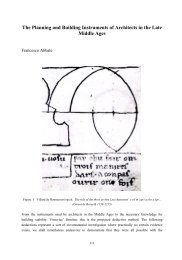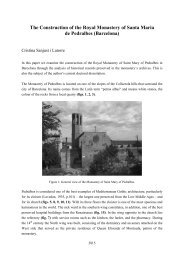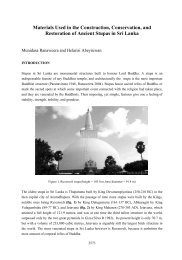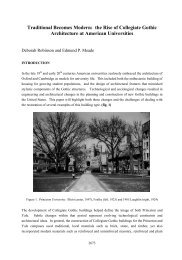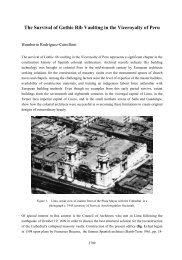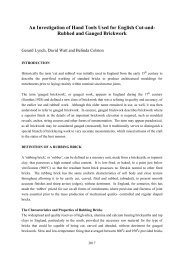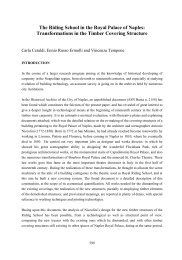Diagrams of a Universal System of Construction in
Diagrams of a Universal System of Construction in
Diagrams of a Universal System of Construction in
Create successful ePaper yourself
Turn your PDF publications into a flip-book with our unique Google optimized e-Paper software.
Wachsmann’s argument is carefully illustrated by the gradual development <strong>of</strong> these 13 diagrams.<br />
Evolv<strong>in</strong>g from the variations <strong>of</strong> a modular grid projected on a plane (based over an assumed<br />
arithmetic progression), a two- dimensional surface is turned <strong>in</strong>to a three- dimensional volume,<br />
stat<strong>in</strong>g a three- dimensional system <strong>of</strong> modular measurement. By detach<strong>in</strong>g the faces <strong>of</strong> the cube<br />
Wachsmann transformed it <strong>in</strong> <strong>in</strong>dependent planes which would be moved and rotated <strong>in</strong> any<br />
direction as the diagram arrows suggest. This was appo<strong>in</strong>ted as the dynamic relationships <strong>of</strong> the<br />
<strong>in</strong>dividual parts obta<strong>in</strong>ed from the subdivided cube. As long as the dimension and movement <strong>of</strong><br />
these planes are simultaneously determ<strong>in</strong>ed, Wachsmann estimates that time is be<strong>in</strong>g additionally<br />
expressed by the diagrams; consequently time was considered <strong>in</strong>dispensable <strong>in</strong> the measurement <strong>of</strong><br />
the module. The spatial <strong>in</strong>terpenetration <strong>of</strong> dynamic planes becomes an abstract center and po<strong>in</strong>t <strong>of</strong><br />
<strong>in</strong>tersection <strong>of</strong> reference planes, volumes and bodies. In such a way, the build<strong>in</strong>g components<br />
<strong>in</strong>volved would be controlled and coord<strong>in</strong>ated by the abstract representation as it conta<strong>in</strong>s the rule<br />
for spatial <strong>in</strong>terpenetrations <strong>in</strong> any possible movement and position. As Wachsmann says, time and<br />
movement were controlled as supplementary ordered system <strong>of</strong> <strong>in</strong>terpenetrat<strong>in</strong>g planes. Such<br />
<strong>in</strong>terpenetration <strong>of</strong> planes was fundamental <strong>in</strong> consider<strong>in</strong>g that the system itself was based on the<br />
notion <strong>of</strong> assemblage.<br />
Figure 4. Diagram Nº 75: Symbol <strong>of</strong> measure, movement and time, <strong>in</strong>to which<br />
any imag<strong>in</strong>ed form can be fitted with<strong>in</strong> the system (Wachsmann 1961, p. 61)<br />
156



